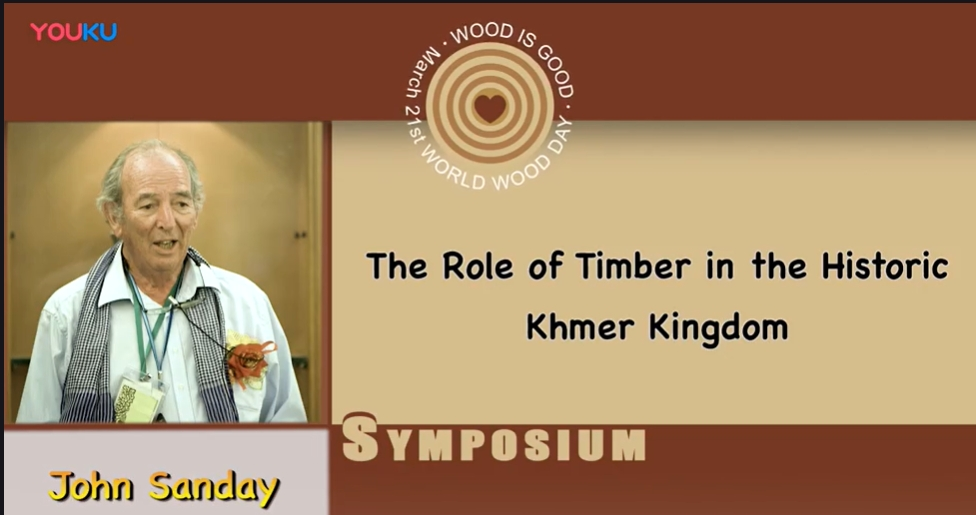会议时间:2018年3月21-23日
会议地点:柬埔寨 · 暹粒
演讲嘉宾:John SANDAY, John Sanday Associates Kathmandu
摘要:My Background is that of an architect conservator. In my early days as a student in the UK I worked with experienced elderly craftsmen and learnt of timber’s great significance in architectural development. I specialized in the Conservation of Historic Monuments and particularly in wooden structures. I worked on the Wren Library in Cambridge rectifying the timber floor trusses supporting the heavy collection of a 17th Century historic library; at Knebworth House and Country Park we undertook the unique and challenging task of moving a medieval timber-framed barn by placing the complete structure on a frame of 2 metre diameter wheels and dragging it over ploughed fields for one kilometer to serve as a museum elsewhere on the estate.
Since 1972, I worked in Nepal on world heritage sites, ancient palaces and Buddhist monasteries where timber provided their main structures. A temple in the Changu Narayan complex, the Indreswor MahadevTemple was featured in the WWD 2014 Symposium in Nepal, where a full-sized timber frame model was built and displayed.
Having visited Angkor I hope that most of you will have seen the wonderful stone structures, mostly in ruins, that are the Angkor as perceived today where you will have noticed the minimal use of any timber structures. Following closer inspection, and after delving into the historical development of Khmer buildings, it becomes clear however, that timber structures were a common addition to the stone monuments providing protection to those attending religious functions. The hot, wet and humid climate has alas reduced the majority of the magnificent temple complexes to ruins and destroyed all but a few of the associated decorative timber structures.
Early Angkorian temples were probably built of simple wooden structures as the early Khmer traditional craftsmen were carpenters. The first permanent structures were built of brick copying Indian architectural styles of the same period. All doors windows and statuary were constructed in sandstone using carpentry joinery, as the tradition of refined stone structures had yet to be developed. Bricks structures were soon replaced by sandstone and from the 12th century onwards, all significant religious structures in the Khmer Kingdom were built in stone. However, within major complexes such as Angkor Thom, large palace structures for living quarters were built in wood and there is telltale evidence of such wooden structures being added as pavilions etc. and decorative elements are there, but very little remains to be seen of this great wood culture other than the solid stone platforms on which they were built.
Throughout Khmer history villages, small communities and and all domestic structures were built entirely in wood raised off the ground on wooden pillars to allow ventilation and to provide cover for livestock. This life style is still today that of the local farming communities and hill people.
My talk will expand on this background information and will be illustrated with images which will touch upon the history of Angkor, the community life and a few words about the trees in the Angkor Park.
The Role of Timber in the Historic Khmer Kingdom——2018世界木材日研讨会
 2,161
2,161
编辑:刘菊






